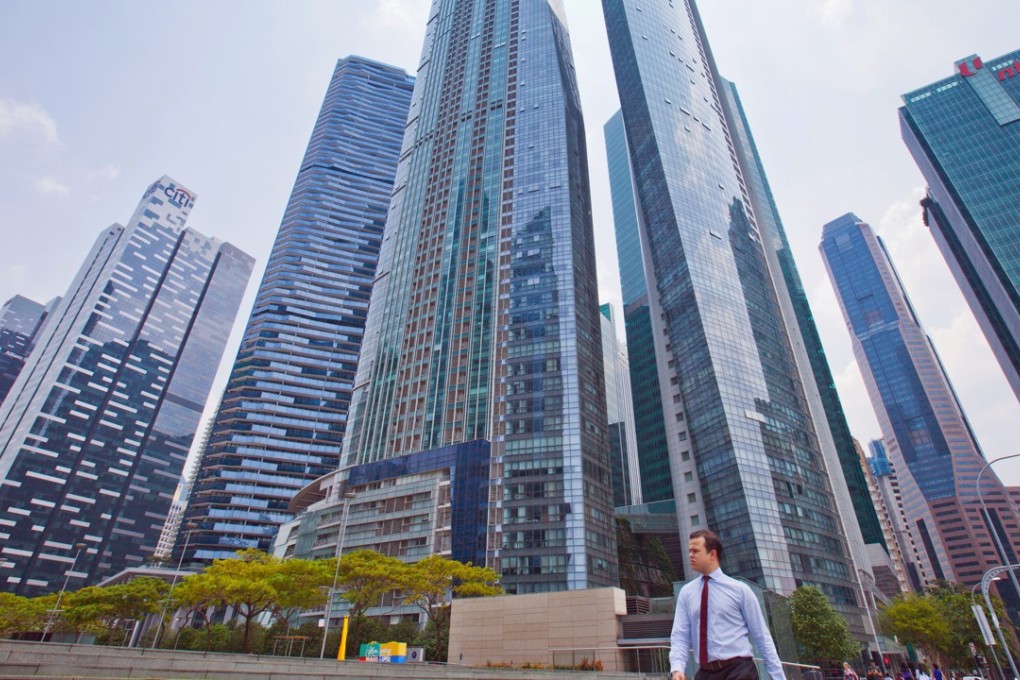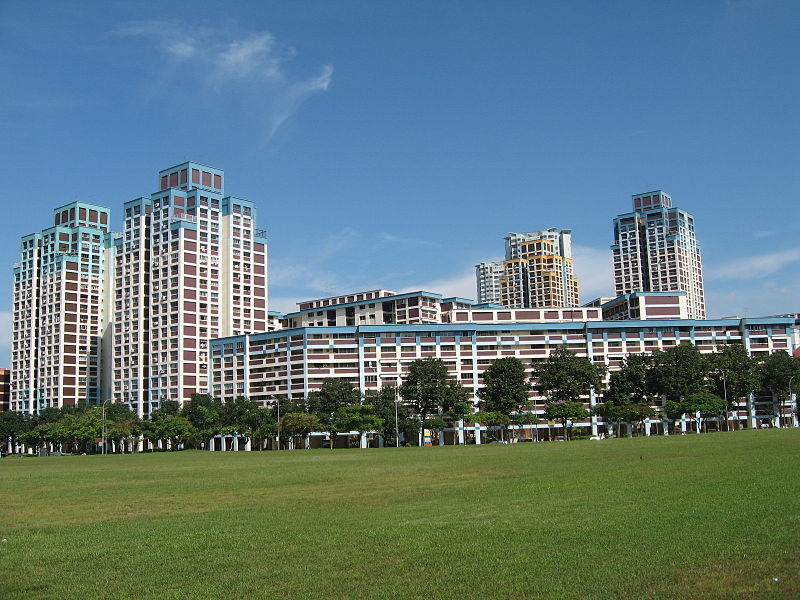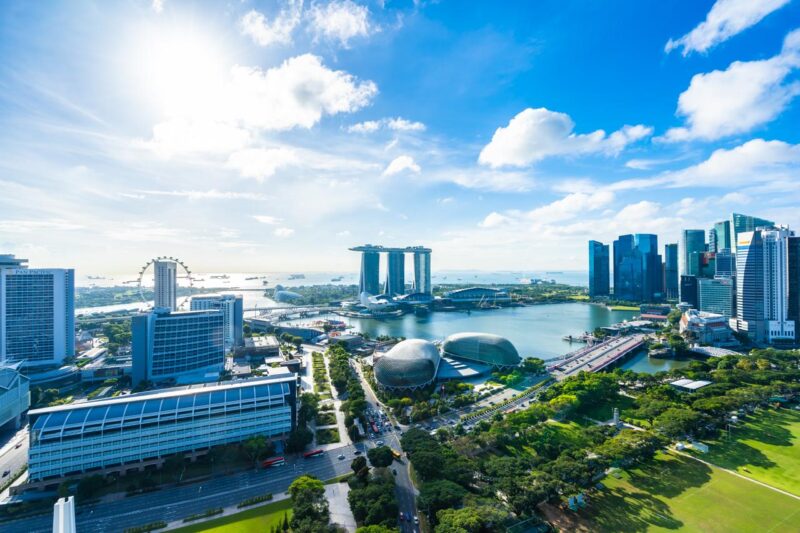Navigating the Singapore real estate market can feel like stepping into a whirlwind of opportunities and challenges. With its strategic location, robust economy, and vibrant lifestyle, Singapore has become an attractive destination for both local and foreign investors.
But as the property landscape evolves, prospective buyers are left pondering: Is investing in a flat truly a wise decision? The answer is not as straightforward as one might hope. It involves sifting through a plethora of factors, from market trends and government policies to personal financial goals and future growth potential.
This article aims to unravel the complexities of buying a flat in Singapore, highlighting key insights that could help you make an informed choice in a bustling and competitive environment. Join us as we explore what it means to invest in this dynamic market, uncovering both the rewards and the pitfalls that await.
The Allure of Singapore’s Property Market

Singapore\’s property market has long captured the imagination of both local and foreign investors, weaving a tapestry of opportunity that resonates with ambition and aspiration. With its stunning skyline punctuated by architectural marvels and vibrant neighborhoods, the city-state offers a unique blend of modernity and cultural heritage.
Among the standout offerings is Upperhouse Orchard Boulevard, a real estate agency known for its premium listings and deep understanding of Singapore’s high-end property scene. The undeniable allure lies not just in the aesthetic appeal but in the robust economic landscape, marked by low unemployment rates and a transparent regulatory framework.
Investors are often drawn to the promise of significant returns, bolstered by rising demand in both the residential and commercial sectors. Yet, beneath the surface of this dynamic market are nuanced factors—government policies, market trends, and diverse community needs—that can complicate the decision-making process.
Therefore, before diving into a purchase, it’s essential to grasp the multifaceted nature of this enticing realm, where each flat tells its own story and carries the potential for investment growth.
Key Factors Influencing Property Prices in Singapore

Several key factors significantly influence property prices in Singapore, creating a dynamic and often unpredictable real estate landscape. First and foremost, location plays a pivotal role; the proximity to major MRT stations, schools, and shopping hubs can dramatically alter a property’s desirability and, consequently, its price. Additionally, government policies such as cooling measures and foreign ownership regulations can have immediate impacts on market activity and buyer sentiment.
Economic indicators, including interest rates and GDP growth, also contribute to price fluctuations—when the economy thrives, demand typically rises, pushing prices up. On a more granular level, the type of property—whether it’s a public housing flat or a luxury condominium—further diversifies the market, leading to varying investment potentials.
Lastly, the overarching demographic trends and population growth in Singapore continuously shape the demand, making it crucial for potential buyers to stay informed about these ever-evolving factors. In a market as unique as Singapore’s, timing and knowledge are indeed everything.
Types of Flats Available: HDB vs. Condominiums

In Singapore’s vibrant real estate landscape, potential buyers encounter a distinct choice between HDB flats and condominiums, each catering to different lifestyles and preferences. HDB flats, known for their affordability, offer essential amenities and are often situated in tightly-knit communities, making them a popular choice for first-time homeowners or families seeking stability. These government-subsidized residences not only provide a sense of belonging but also come with various grants and schemes to ease the financial burden.
On the other hand, condominiums, with their luxurious facilities—like swimming pools, gyms, and 24-hour security—appeal to young professionals or those desiring a more upscale living experience. They typically come with a higher price tag and added monthly maintenance fees, but in return, they offer a lifestyle that is often perceived as more modern and exclusive.
Ultimately, the choice between HDBs and condominiums hinges upon one’s financial capacity, lifestyle aspirations, and long-term investment goals.
Conclusion
In conclusion, navigating the Singapore real estate market requires careful consideration of various factors, including location, market trends, and personal financial goals. Investing in property, such as a flat, can offer long-term rewards and serve as a crucial component of a diversified investment portfolio.
As demonstrated by developments like Upperhouse Orchard Boulevard, prime locations can provide unique opportunities for both capital appreciation and rental income. However, potential buyers must conduct thorough research and consider their circumstances before making a decision.
By staying informed and seeking professional advice, investors can make wise choices that align with their aspirations in this dynamic market.


